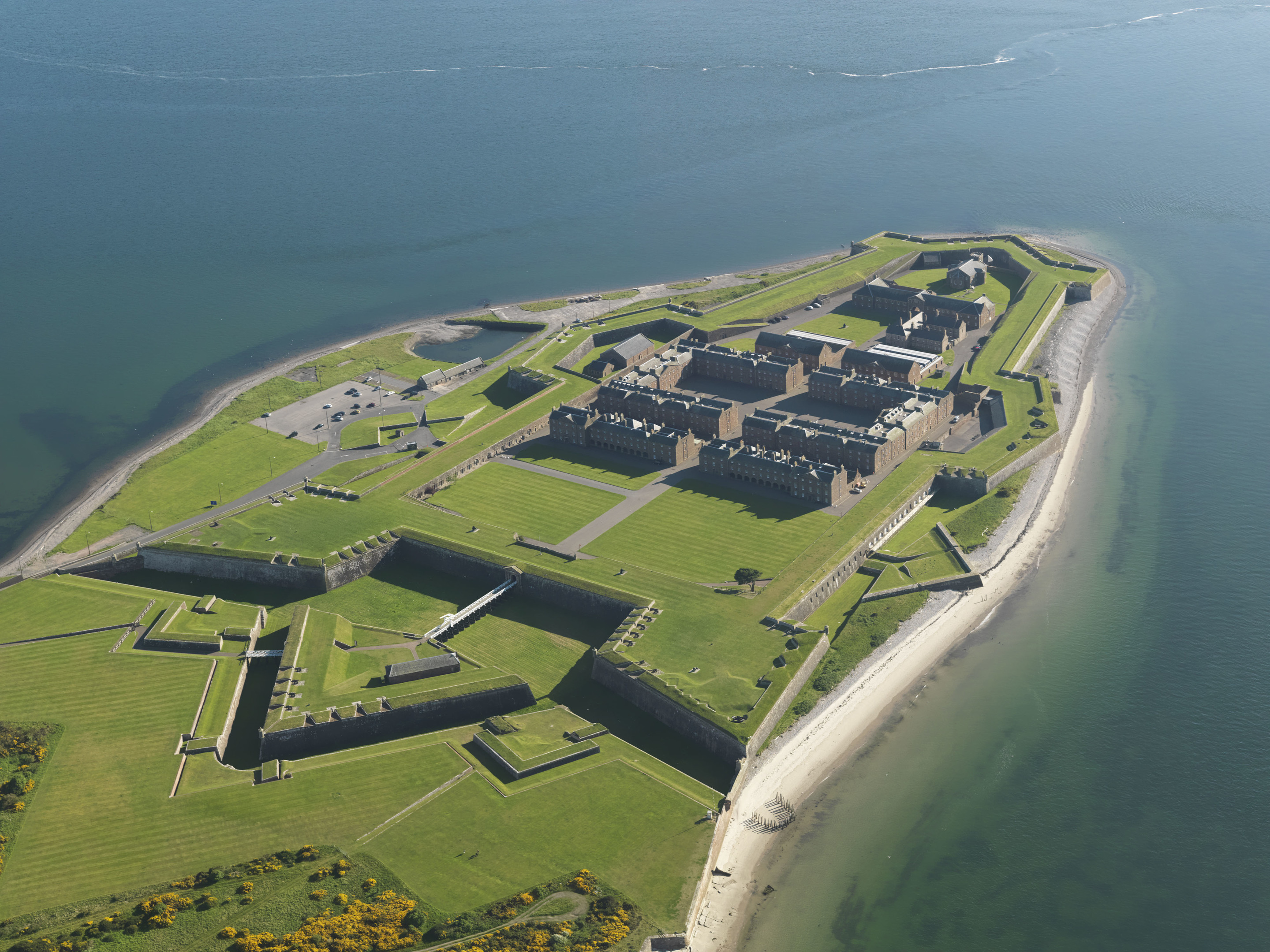Military chiefs have invested more than £36million in closure-threatened Fort George and Kinloss Barracks in the last three years.
The battle to save the bases received a major boost last night after new figures revealed that axing them would represent a “huge waste of taxpayer money”.
Accounts obtained by the Press and Journal showed that Kinloss in Moray has received almost £30million in investment in the last three years.
Only Leuchars Station in Fife has had the same scale of cash injection in the period, as it underwent a similar transformation as it moved from the RAF to the Army.
And the statistics confirmed that Fort George is the cheapest to run of all the main Army bases north of the border.
More than half of the £7million expenditure bill for the Highland garrison in the period was spent on improving the 250-year-old buildings.

It had the lowest costs for rates and Private Finance Initiative payments, and the second lowest for utilities and “soft facilities management” such as catering and cleaning.
The three Army barracks in the Edinburgh area – Redford, Dreghorn and Glencourse – all cost more to operate than Fort George.
But at the same time they have had lower levels of recent investment on upgrades to the fabric of the buildings and estates than Fort George, Kinloss and Leuchars.
Highland Council leader Margaret Davidson said she would challenge UK Defence Minister Mark Lancaster on the cost figures when she meets him in London on Monday.
“This certainly strengthens the case for keeping it. I’m struggling to see the logic in closing either of the bases up here,” she said.
“They’ve certainly said that they need to keep a geographical spread of bases, so we clearly need something in the Highlands.”
Angus Robertson, SNP Westminster leader and Moray MP, said: “Kinloss Barracks and Fort George are the last major Army facilities in the north of the country and should remain fully operational.
“Having invested in the defence infrastructure it would be a huge waste of taxpayer money for the Ministry of Defence (MoD) to now close the bases.”
About 6,000 people have backed the Press and Journal’s campaign to save Fort George since the threat to its future emerged in June.
In August, it was revealed that nearby Kinloss Barracks in Moray was also being considered for closure as part of the same MoD footprint review.
Scottish Secretary David Mundell has said that infantry battalions will not be axed in the shake-up, but admitted it was “likely that some sites in Scotland will be released for disposal”.
Built after the Battle of Culloden, Fort George has been home to the famous Black Watch – the 3rd Battalion, Royal Regiment of Scotland (3 SCOTS) – since 2007.
The base also houses The Highlanders regimental museum and its closure would hit the north economy by an estimated £16million.
Kinloss was an RAF base until 2011 when its air operations ceased following the controversial scrapping of the Nimrod spy plane fleet.
The UK Government subsequently announced that personnel from the 39 Engineer Regiment (Air Support) would move from Waterbeach Barracks, near Cambridge, in 2012.
Moray Council leader Stewart Cree said he was still awaiting confirmation that Kinloss had been earmarked for closure, but added: “Like everyone else, I don’t want to see any money wasted and want to see the Engineers remain at Kinloss.
“It would be very, very disappointing if public money was lost as a result of the closure of the barracks.”
As with Kinloss and Fort George, both the Dreghorn and the Redford barracks have both been put forward for closure in the past.
But in 2013 it was announced that 1st Battalion Royal Regiment of Scotland – otherwise known as the Royal Scots Borderers – would leave Dreghorn and move to Northern Ireland, while 3rd Battalion The Rifles would switch from Redford to Dreghorn.
Glencorse Barracks in Penicuik, near Edinburgh, is home to The Royal Highland Fusiliers, 2nd Battalion the Royal Regiment of Scotland (2 SCOTS).
An MoD spokeswoman said: “The MoD is currently conducting a review of its estate which will be announced in due course.
“This work is on-going and no final decision about the future of sites not already announced for release has been made at this point.”
Revealing value could harm sell-off plans
The Ministry of Defence (MoD) has refused to reveal the value of Scotland’s main Army bases – in case it harms sell-off plans.
A Press and Journal request for the book value of the estates was turned down on the grounds that the “information is likely to affect the sale value of the sites should the MoD choose to dispose of them”.
The MoD also declined to release figures on any income received by the six main Army bases north of the border, stating that the information was not recorded separately for each garrison.
The department did disclose expenditure on the sites for the years 2013/14, 2014/15 and 2015/16, however.
It was broken down by “hard facilities management”, which is work on fabric of buildings and estates, “soft facilities management”, which can include catering, mess services, cleaning, waste management, stores and logistics.
Figures were also provided for payments from each base for Private Finance Initiatives, used to deliver a range of functions such as training, equipment and facilities, as well as data on spending on rent and rates, and utilities.
Major capital project costs were not included, and some of the figures were estimates.
